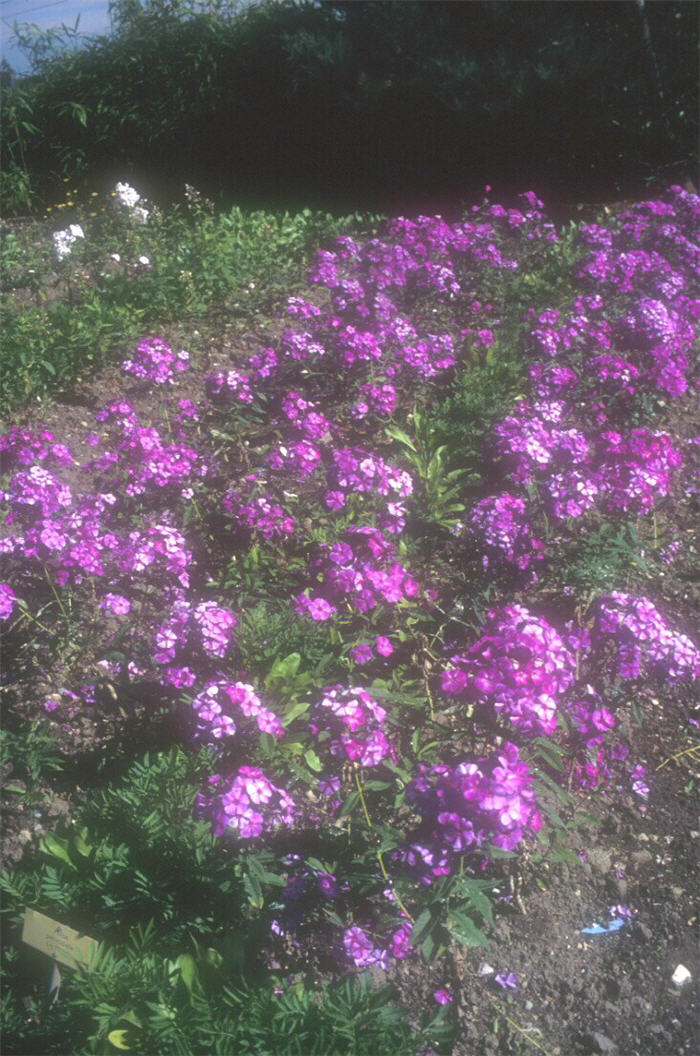| Botanical Name: Phlox paniculata cultivars | |
| Common Name: Garden Phlox |

-
Anatomy
-
Culture
-
Design
Plant Type
Perennial
Height Range
Under 1', 1-3', 3-6'
Flower Color
Lavender, Pink, Purple, Violet, White
Flower Season
Summer, Fall
Leaf Color
Green
Bark Color
n/a
Fruit Color
n/a
Fruit Season
n/a
Sun
Full, Half
Water
High, Extra in Summer
Growth Rate
Moderate
Soil Type
Loam
Soil Condition
Average, Rich, Well-drained, Moist
Soil pH
Neutral
Adverse Factors
n/a
Design Styles
English Cottage, Formal, Woodland
Accenting Features
Fragrance, Showy Flowers
Seasonal Interest
Summer, Fall
Location Uses
Perennial Border
Special Uses
Cut Flowers
Attracts Wildlife
Birds, Hummingbirds, Butterflies
Information by: Stephanie Duer
Photographer: Bobbie Schwartz
Photographer: Bobbie Schwartz
-
Description
-
Notes
Garden phlox (also called summer phlox) are a classic garden favorite, enjoyed for their range of color, mid to late summer blooms, and value as a cut flower. Flowers appear in clusters at the ends of tall stems with narrow, long leaves. Color ranges are in varying shades of pinks, lavenders, violets, and white. Some flowers have "eyes," or corolla and petals of different colors. Some are fragrant. All are attractive to hummingbirds and butterflies. Makes a nice cut flower and provides a range of color uncommon in mid summer. Sizes range with cultivar, from less than a foot tall to 4 feet, and equal spread.
Grow in moderately fertile, medium moisture, well-drained soil in full sun to light shade, though best flowering occurs in full sun. Prefers rich, organic soils. Needs good air circulation to help combat powdery mildew problems, so avoid placing it against a fence, of amid dense, taller plants. Intolerant of drought and needs to be watered in dry spells, though avoid overhead watering to prevent powdery mildew. Appreciates a summer mulch to keep the root zone cool. Remove faded flowers to prolong bloom period and to prevent unwanted self-seeding (cultivars generally do not come true from seed). Attracts butterflies, birds, and hummingbirds.